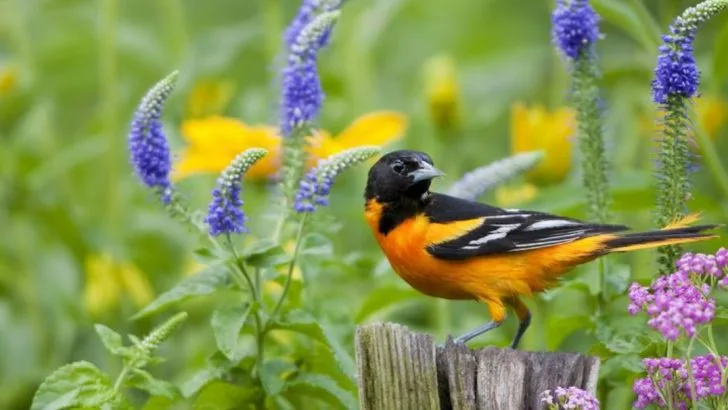Not all garden victories come with fireworks. Sometimes your plants don’t shout—they whisper. And if you’re only looking for lush growth and nonstop blooms, you might miss the quiet signs that things are actually going really, really well. New buds hiding under leaves. Earth that smells rich and alive. Ladybugs loitering like they own the place. These little hints are nature’s way of saying, “You’re doing better than you think.” Even if your garden doesn’t look like a glossy magazine spread, it may be healthier—and happier—than you realize. Here are 14 under-the-radar clues your garden is thriving, and why they matter more than you’d expect.
Soil Health Indicators
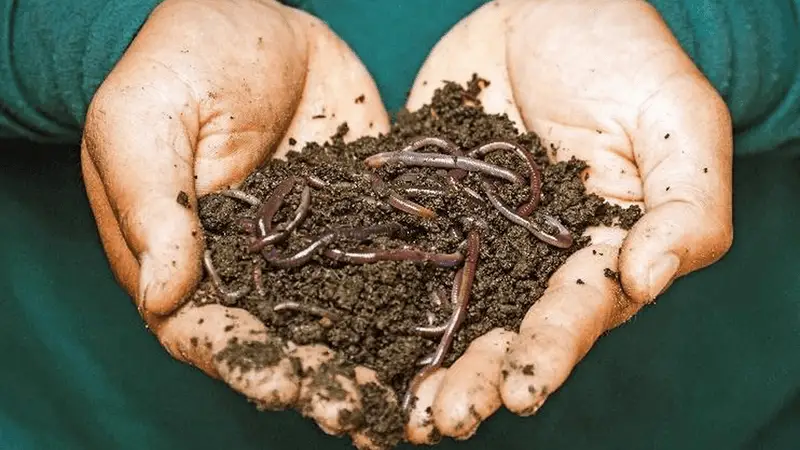
Healthy soil is the foundation of any thriving garden. When you notice earthworms wriggling through the dirt, it’s a sign that your soil is rich and full of life. Earthworms help aerate the soil, making it more conducive for plants to grow.
Look for dark, crumbly texture in your soil as well. This indicates good organic matter content, which is essential for plant nutrition. Another indicator of healthy soil is the presence of mycorrhizal fungi, which form beneficial relationships with plant roots.
Incorporating compost can enhance these natural processes, boosting overall garden vitality.
Beneficial Insects Presence
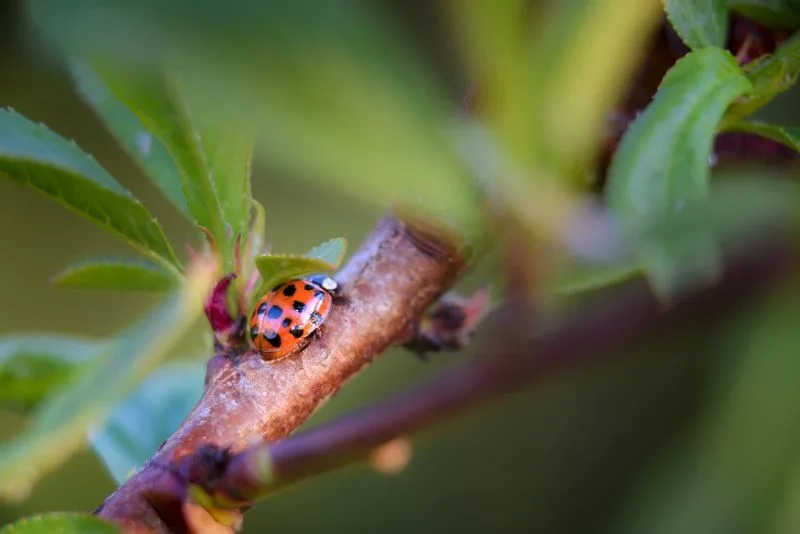
A garden teeming with friendly insects often signifies a balanced ecosystem. Ladybugs, for instance, are a gardener’s ally, keeping aphid populations in check.
If you spot bees buzzing around, it means your garden is attracting pollinators, crucial for fruit and flower production. Dragonflies and spiders also play a part by controlling pest insects, maintaining harmony in your garden.
Having a variety of beneficial insects indicates that your garden provides the right mix of food, shelter, and breeding grounds, ensuring a thriving natural environment.
New Growth on Plants
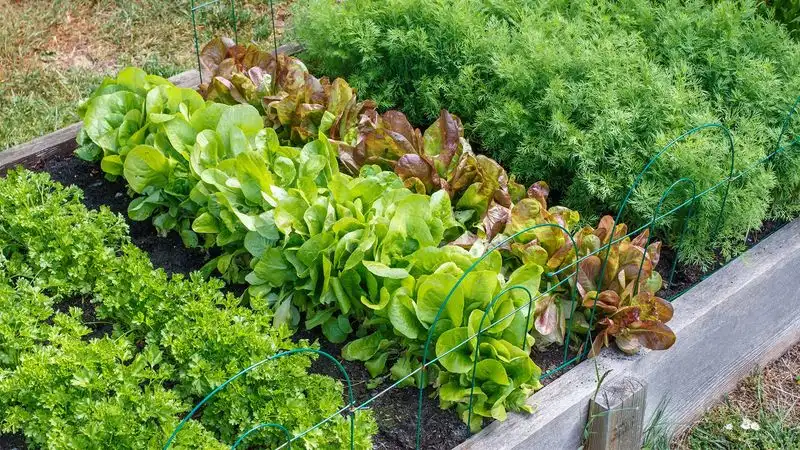
Observing new growth is always an encouraging sign. Whether it’s fresh green leaves unfurling or tiny buds forming, these are indications that your plants are healthy and growing.
New shoots often appear in the spring as plants awaken from winter dormancy. However, consistent new growth can be seen throughout the growing season with proper care, like regular watering and adequate sunlight.
This vitality suggests that your garden is not just surviving, but prospering, adapting to its environment and flourishing.
Diverse Plant Life
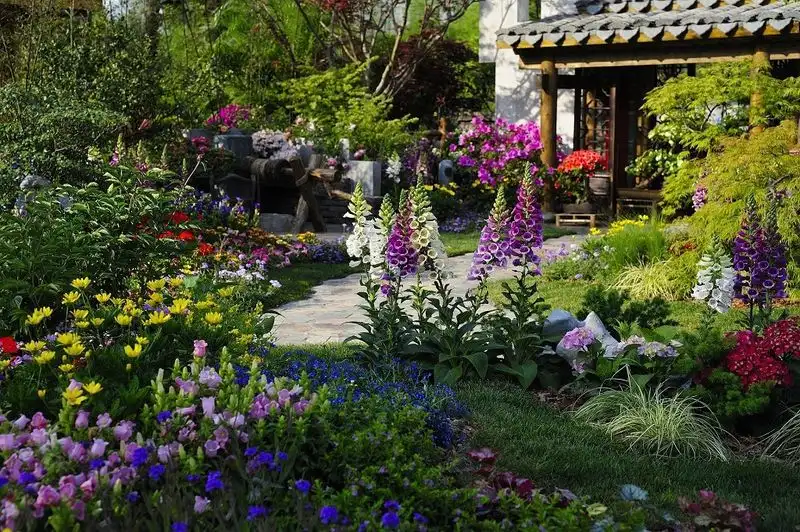
A garden with diverse plant life is usually thriving. Different species of plants can coexist beautifully, providing a rich tapestry of colors and textures.
Diversity in plant life not only enhances the aesthetic appeal but also supports a wider range of wildlife. Birds, insects, and other creatures find habitats and food sources among varied plants.
This biodiversity ensures that your garden is resilient, capable of withstanding pests and diseases, maintaining balance in the ecosystem.
Consistent Blooming
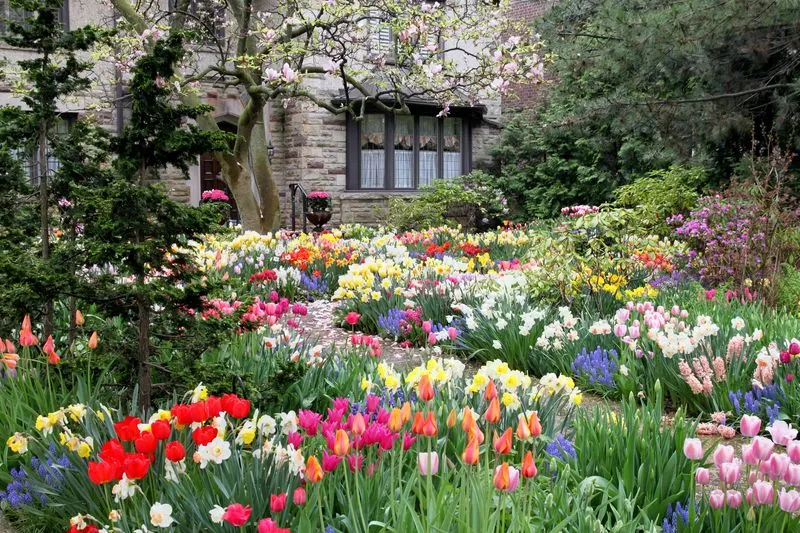
Consistent blooming throughout the season is a sign of a well-maintained garden. When plants have their needs met, they reward you with vibrant flowers.
The timing of blooms can tell you a lot about your garden’s health. Some plants may bloom early, while others take their time, ensuring a succession of color.
Regular blooming means that your garden’s nutrient cycles and watering schedules are in harmony, supporting plant health and vigor.
Presence of Birds
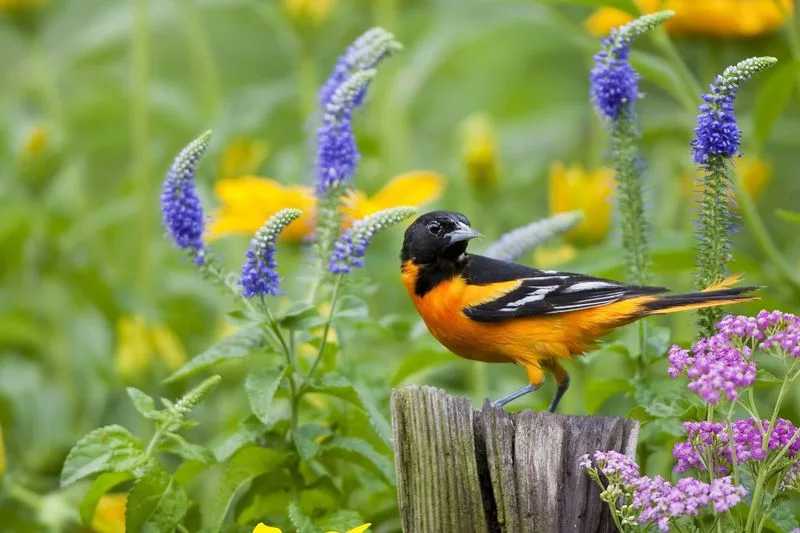
Birds visiting your garden are often a positive sign. They indicate a healthy environment where they can find food and shelter.
Birds contribute to a thriving garden in various ways, such as pest control. They feed on insects that would otherwise damage plants.
Attracting birds can be as simple as setting up feeders or providing a water source. Their presence not only enriches the garden’s biodiversity but also adds a delightful soundscape.
Resilient Plant Recovery
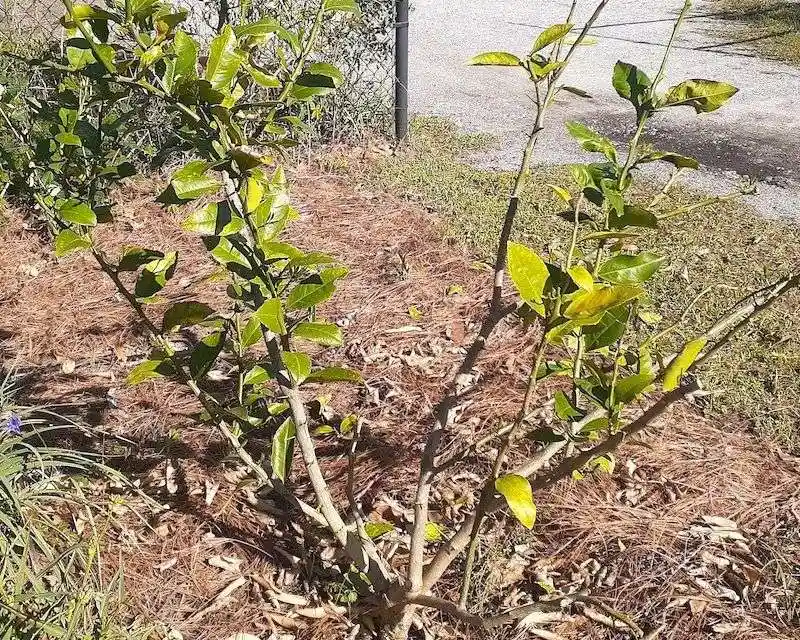
When plants recover well from pruning or damage, it’s a testament to their resilience. This ability to bounce back is a clear indication that your garden is thriving.
Resilient plants can withstand environmental stress, pests, and diseases. By observing how plants respond to challenges, you gain insights into their health and strength.
This adaptability ensures that your garden remains lush and vibrant, even in the face of adversity.
Fruiting and Seed Production
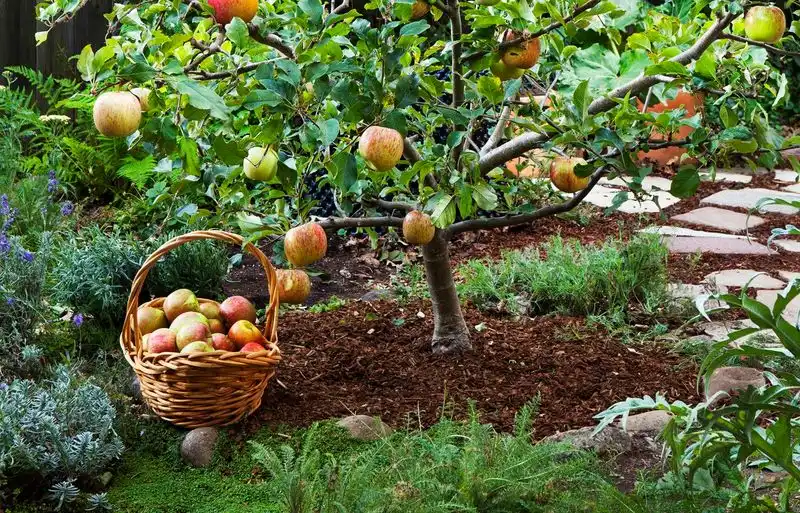
The development of fruits and seeds is a clear signal that your garden is flourishing. When plants are producing, it means they are receiving adequate nutrition and care.
Fruit and seed production also indicates successful pollination, often aided by insects and birds visiting the garden.
Harvesting fruits and seeds can be one of the most rewarding experiences, showcasing the productivity and success of your gardening efforts.
Vigorous Root Systems
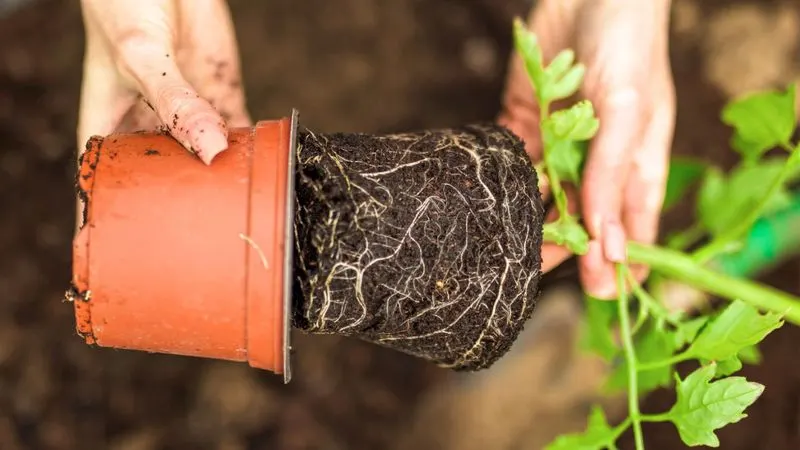
Strong, extensive root systems are unseen champions of a thriving garden. They anchor plants securely, absorbing water and nutrients efficiently.
You might notice robust root growth when transplanting or repotting plants. Healthy roots are usually white or light brown and firm to the touch.
A vigorous root system allows plants to access deeper soil layers, tapping into more resources and weathering dry spells better.
Lush Green Foliage
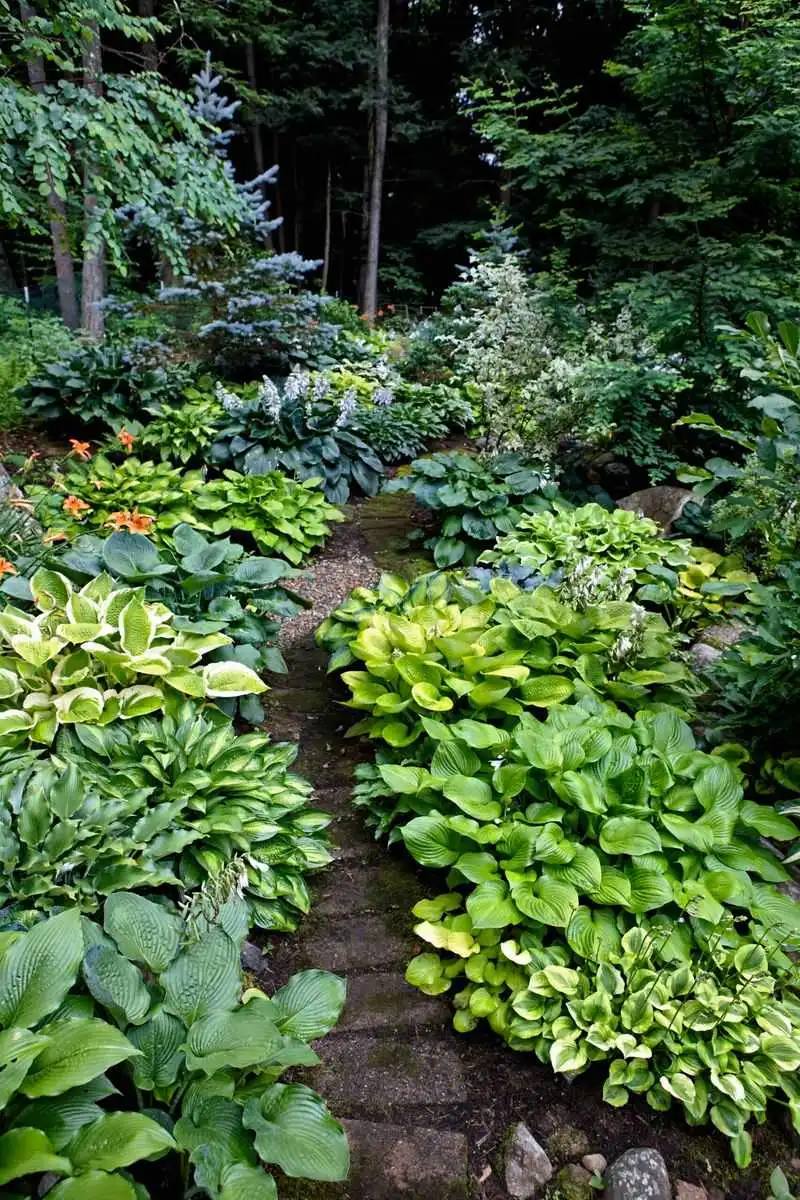
Lush foliage is often the first visual cue of a thriving garden. When plants are lush and green, it’s a sign of good health and adequate chlorophyll production.
This vibrancy usually means your plants are getting the right balance of sunlight, water, and nutrients. Keep an eye on leaf color and texture as indicators of overall plant wellness.
Healthy foliage also contributes to photosynthesis, providing energy for the plant’s growth and reproduction.
Symbiotic Plant Relationships
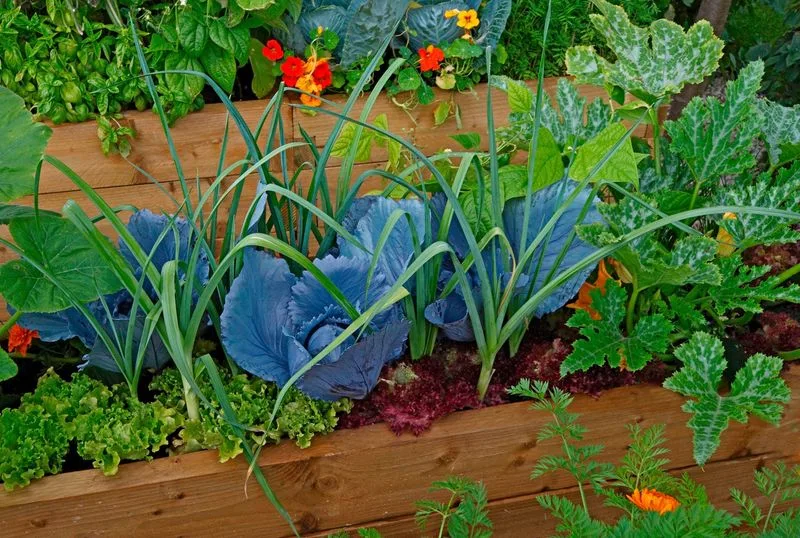
In a thriving garden, plants often engage in symbiotic relationships. Companion planting can increase productivity and health by pairing plants that benefit each other.
For example, planting basil next to tomatoes can enhance growth and deter pests. These partnerships are not only beneficial but also signal a balanced ecosystem.
Observing these interactions can provide insights into how plants communicate and support one another, fostering a harmonious garden environment.
Natural Mulch Formation
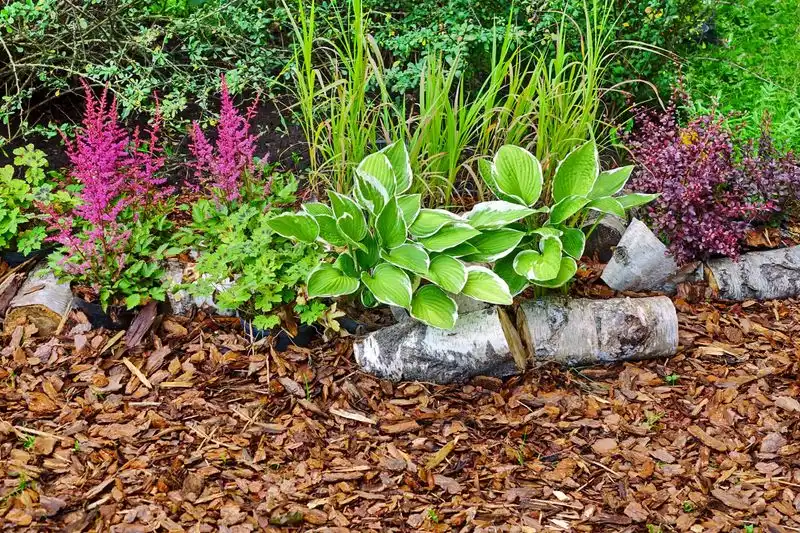
Natural mulch, like fallen leaves and decomposing plant matter, enriches the soil, promoting a thriving garden. It helps retain moisture, regulate temperature, and suppress weeds.
This organic layer breaks down over time, adding valuable nutrients back into the soil, supporting plant growth.
If you notice a natural mulch layer forming, it’s a good indicator that your garden’s ecosystem is self-sustaining and healthy.
Healthy Microbial Activity
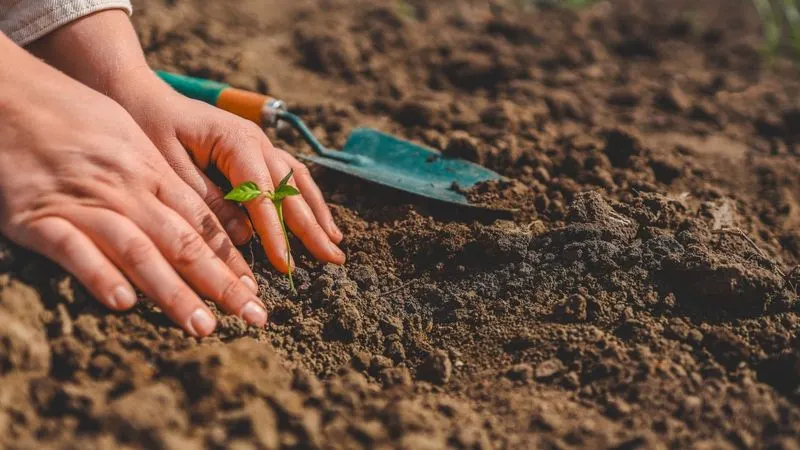
Beneath the surface, microbial activity is a vital component of garden health. Microbes break down organic matter, converting it into nutrients that plants can absorb.
Healthy soil teems with beneficial bacteria and fungi, which improve soil structure and fertility.
If your garden soil smells earthy and fresh, it’s likely rich in microbial life, fueling plant growth and ensuring a thriving environment.
Seasonal Adaptability
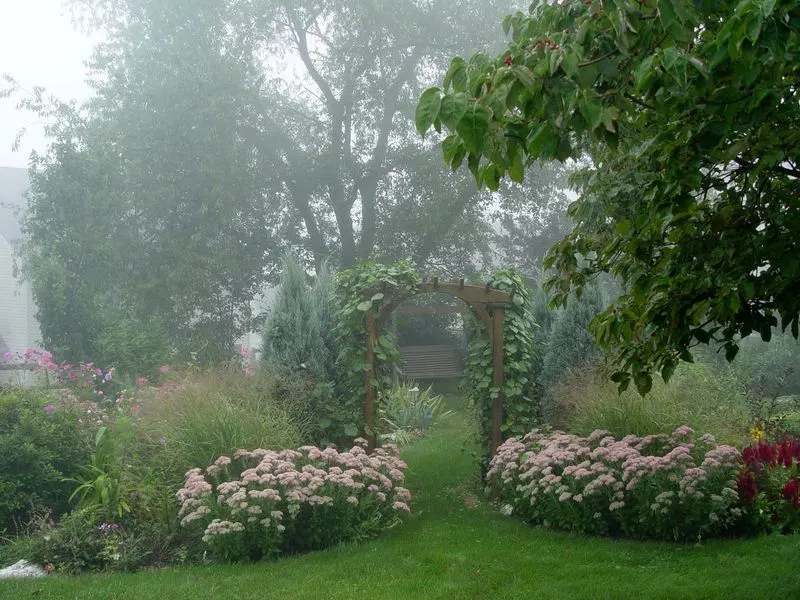
A garden that adapts well to seasonal changes demonstrates resilience and health. Plants that thrive in both heat and cold show that they are well-suited to their environment.
Seasonal adaptability can be seen in how plants change leaf color, timing of blooms, or go dormant.
This ability to adjust makes your garden robust against climatic variations, ensuring its continued prosperity year-round.

